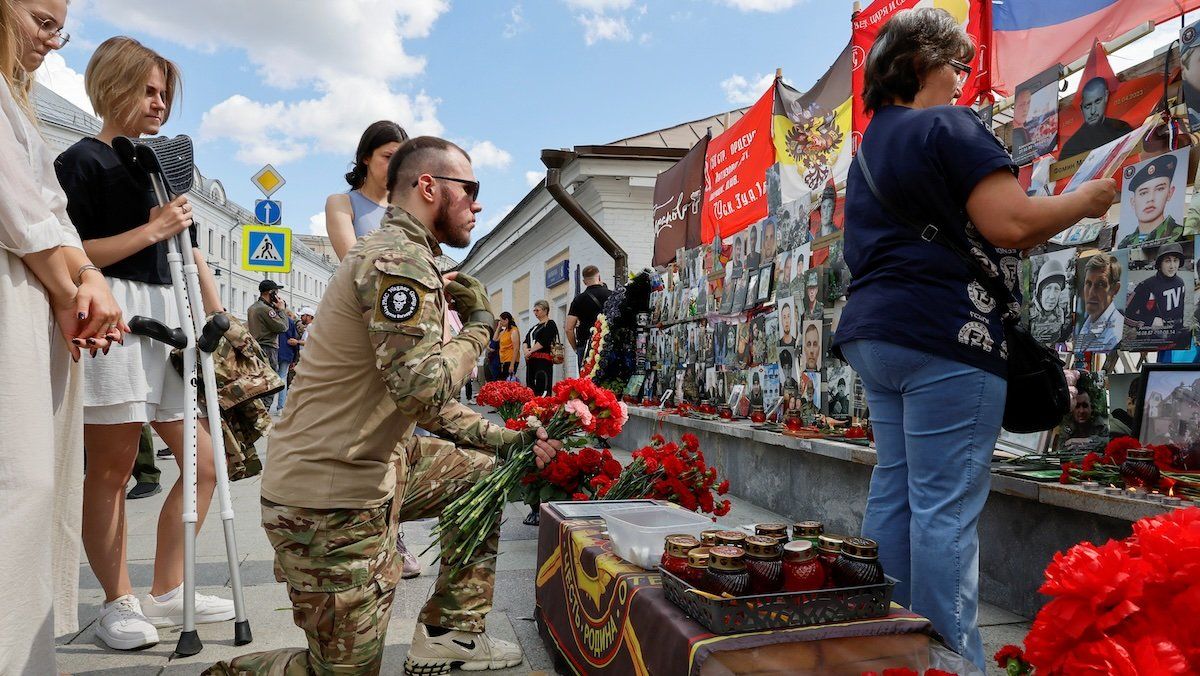On Sunday, Mali’s transitional military government cut diplomatic ties with Ukraine. The move came after Mali accused Kyiv of supplying intelligence to Tuareg separatists involved in a recent attack with an al-Qaida affiliate in the Sahel nation that reportedly resulted in dozens of casualties, including 84 Russian Wagner Group mercenaries and 47 Malian soldiers.
Kyiv denies involvement, but a Malian government spokesperson said the move was catalyzed by comments from a Ukrainian military intelligence spokesperson, Andriy Yusov, who recently said the armed groups involved in the July attack received the “necessary information” to conduct the attack.
The response and backdrop. On Monday, Ukraine’s Foreign Ministry posted a statement on its website condemning Mali’s decision as “short-sighted and hasty,” saying no evidence has been provided to prove Kyiv’s role in the attack. The memo also said Ukraine reserved the right to take necessary actions toward the “unfriendly actions” by Mali.
The spat between Bamako and Kyiv once again raises questions regarding the extent to which the Ukraine-Russia war has spilled into Africa, following prior reports of Ukrainian special forces operating in Sudan to counter Wagner mercenaries. The Wagner Group has been active in Africa for years and was once estimated to have 50,000 fighters in Ukraine. Moscow has restructured and exerted greater control over Wagner ever since its founder, Yevgeny Prigozhin, launched a failed mutiny against Vladimir Putin in 2023 and died in a mysterious plane crash not long after.
This diplomatic feud also comes amid increasingly tense relations between the West, which is closely allied with Kyiv, and Sahel nations like Mali that have gone through coups in recent years.
